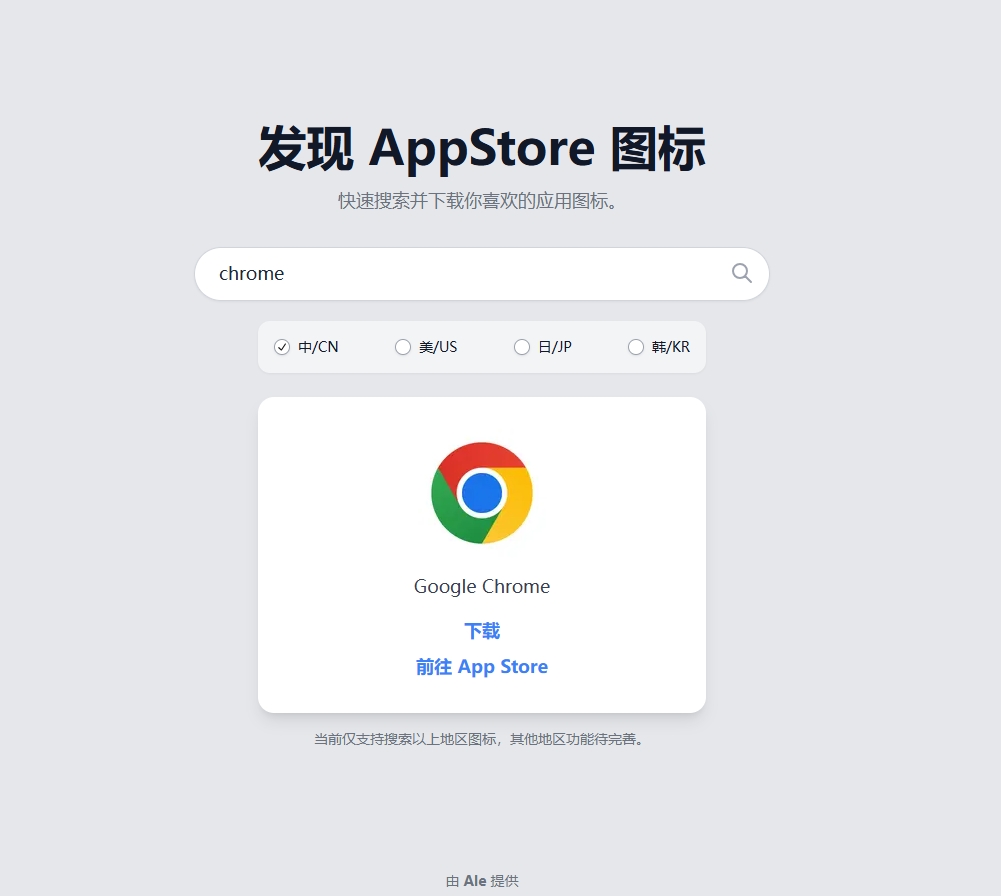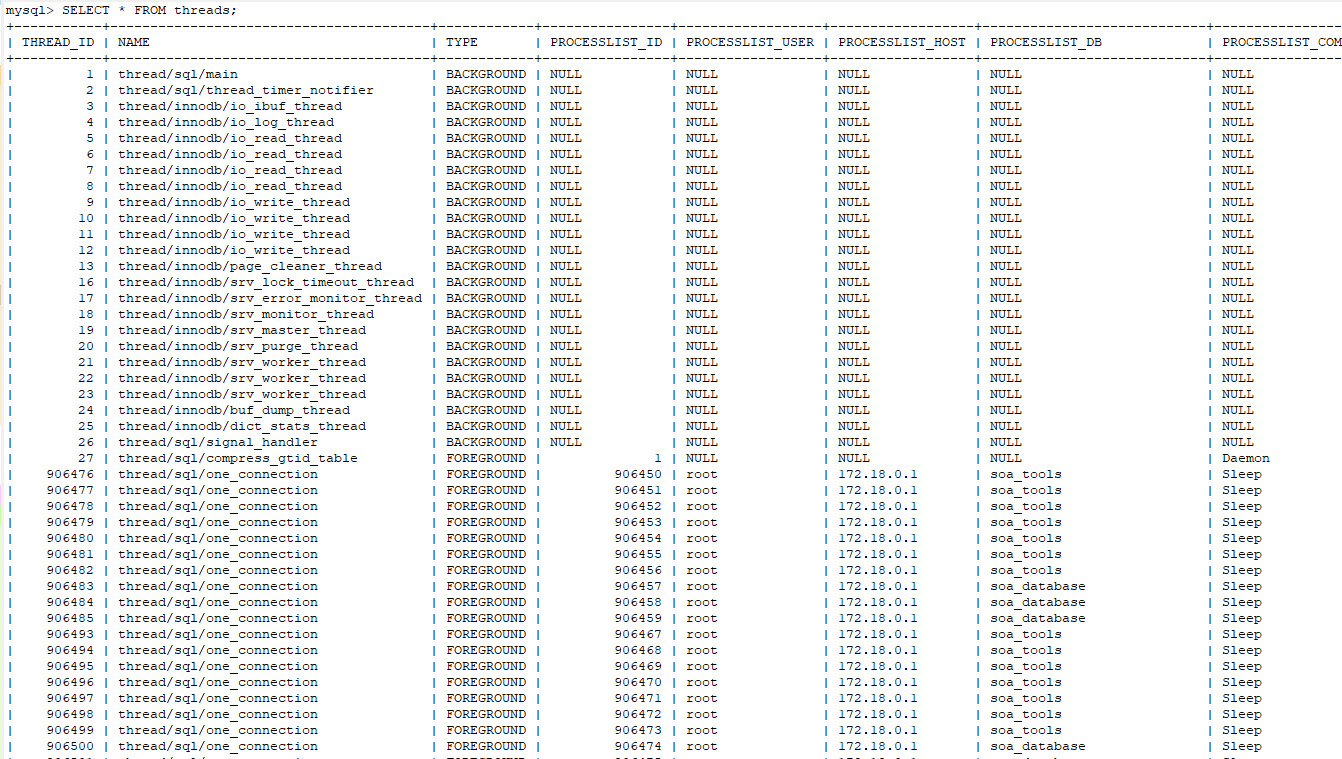- static ( 默认 )
- relative ( 相对定位 )
- absolute ( 绝对定位 )
- fixed ( 固定定位 )
- sticky ( 粘性定位 )
普通文档流?浮动也会让元素脱离文档流,如果不设置浮动所有元素都处于普通文档流中。普通文档流中元素框的位置由元素在HTML中的位置决定,块级元素从上到下依次排列,框之间的垂直距离由框的垂直margin计算得到,行内元素在一行中水平排列
层级关系默认规则:定位元素会覆盖在普通元素的上面;都设置定位的两个元素,后写的元素会覆盖在先写的元素上面
static ( 默认 )
元素
按照代码的顺序,决定每个元素的位置,正常的文档流显示。不受top、right、bottom、left、z-index属性的影响
<style>.one{ width: 270px; height: 270px; border: 1px solid red;margin-left: 50px; }.two,.three{ width: 100px; height: 100px; }.two{ background-color: #145eff; }.three{ background-color: #ffec00; }
</style>
<div class="one"><div class="two">正常盒子</div><div class="three">正常盒子</div>
</div>
效果:

relative ( 相对定位 )
元素的
偏移是参考元素本身原来的位置,不会使元素脱离文档流。设置了相对定位的元素不管它是否进行移动,元素原本所占空间保留,移动元素会导致它覆盖其它的元素。并且定位元素经常与z-index属性进行层次分级。可通过left,right,bottom,top改变元素的位置
<style>.one{ width: 270px; height: 270px; border: 1px solid red;margin-left: 50px; }.two,.three{ width: 100px; height: 100px; }.two{background-color: #145eff;/* 设置相对定位 */position: relative;top: 20px;left: 70px;}.three{ background-color: #ffec00; }
</style>
<div class="one"><div class="two">relative</div><div class="three">正常盒子</div>
</div>
效果:

absolute ( 绝对定位 )
绝对定位(
子绝父相),元素脱离文档流,元素相对于最近的已定位祖先元素进行定位,如果没有已定位的祖先元素,那么相对于文档的body元素进行定位。可以通过设置top、right、bottom、left属性来调整元素的位置。相对于祖先元素进行偏移时,元素原本所占空间不保留。其实它的效果跟浮动是同样的,都会飘起来覆盖页面上的其它元素,可以通过设置z-index属性来控制这些元素的排列顺序。绝对定位和浮动不能一起设置,如果一起设置的话,浮动会失效,以定位为主
<style>.one{width: 270px; height: 270px; border: 1px solid red; margin-left: 50px;/* 父元素设置相对定位 */position: relative;}.two,.three{ width: 100px; height: 100px; }.two{background-color: #145eff;/* 子元素设置绝对定位 */position: absolute;top: 50px;left: 70px;}.three{ background-color: #ffec00; }
</style>
<div class="one"><div class="two">absolute</div><div class="three">正常盒子</div>
</div>
效果:

fixed ( 固定定位 )
使用 top,left,right,bottom 定位,
会脱离正常文档流,不受标准流的约束,并拥有层级的概念。它也是以游览器的四个边角为基准,相对于视口(浏览器窗口)进行偏移,即定位参照的是浏览器窗口。这会导致元素的位置不随页面滚动而变化,好像固定在网页上一样。常用于我们在滚动屏幕时仍然需要固定在相同位置的元素
<style>.one{ width: 270px; height: 270px; border: 1px solid red; margin-left: 50px; }.two,.three{ width: 100px; height: 100px; }body{ height: 2000px; }.two{background-color: #145eff;/* 设置固定定位 */position: fixed;bottom: 90px;right: 50px;}.three{ background-color: #ffec00; }
</style>
<div class="one"><div class="two">fixed</div><div class="three">正常盒子</div>
</div>
效果:

sticky ( 粘性定位 )
它会产生
动态效果,很像 relative 和fixed 的结合:一些时候是relative定位(定位基点是自身默认位置),另一些时候自动变成fixed定位(定位基点是视口)。因此,它能够形成"动态固定"的效果,必须设置top、bottom、left、right4个值之一,否则不产生效果。元素固定的相对偏移是相对于离它最近的具有滚动框的祖先元素,如果祖先元素都不可以滚动,那么就相对于浏览器窗口来计算元素的偏移量。父元素不能设置 overflow:hidden 或者 overflow:auto 属性,父元素的高度不能低于 sticky元素的高度
<style>.two,.three,.four,.five,.six,.seven,.eight{ width: 300px; height: 200px;margin-top: 10px; }.two{background-color: #145eff;/* 设置粘性定位 */position: sticky;top: 0px;}.three{ background-color: #ffee56; }.four{ background-color: #ff96e9; }.five{ background-color: #9eff40; }.six{ background-color: #62ffe7; }.seven{ background-color: #ecff7f; }.eight{ background-color: #b6b7b6; }.eight{ background-color: #b6b7b6; }
</style>
<div class="seven">正常盒子</div>
<div class="eight">正常盒子</div>
<div class="two">sticky</div>
<div class="three">正常盒子</div>
<div class="four">正常盒子</div>
<div class="five">正常盒子</div>
<div class="six">正常盒子</div>
效果:




















